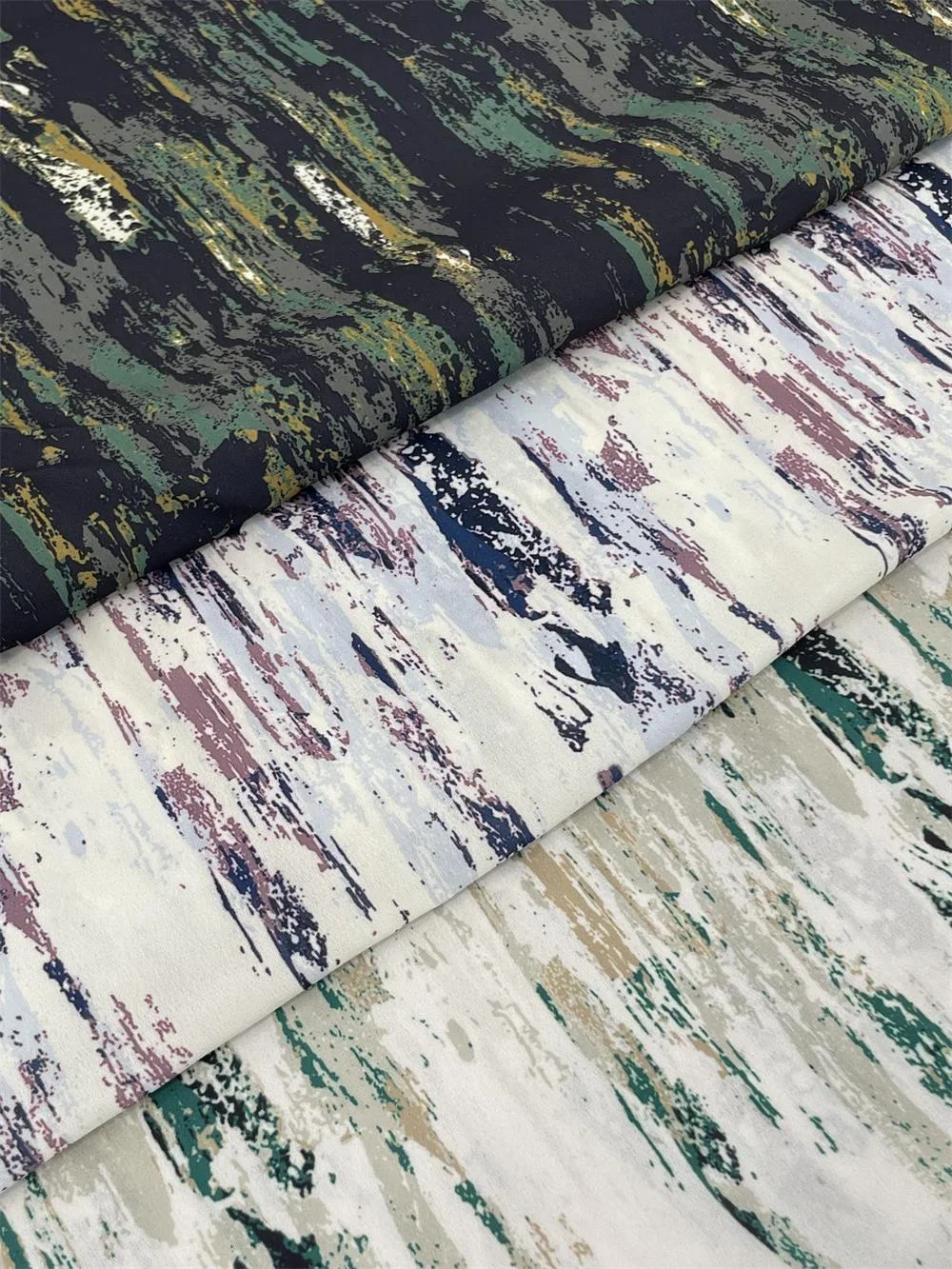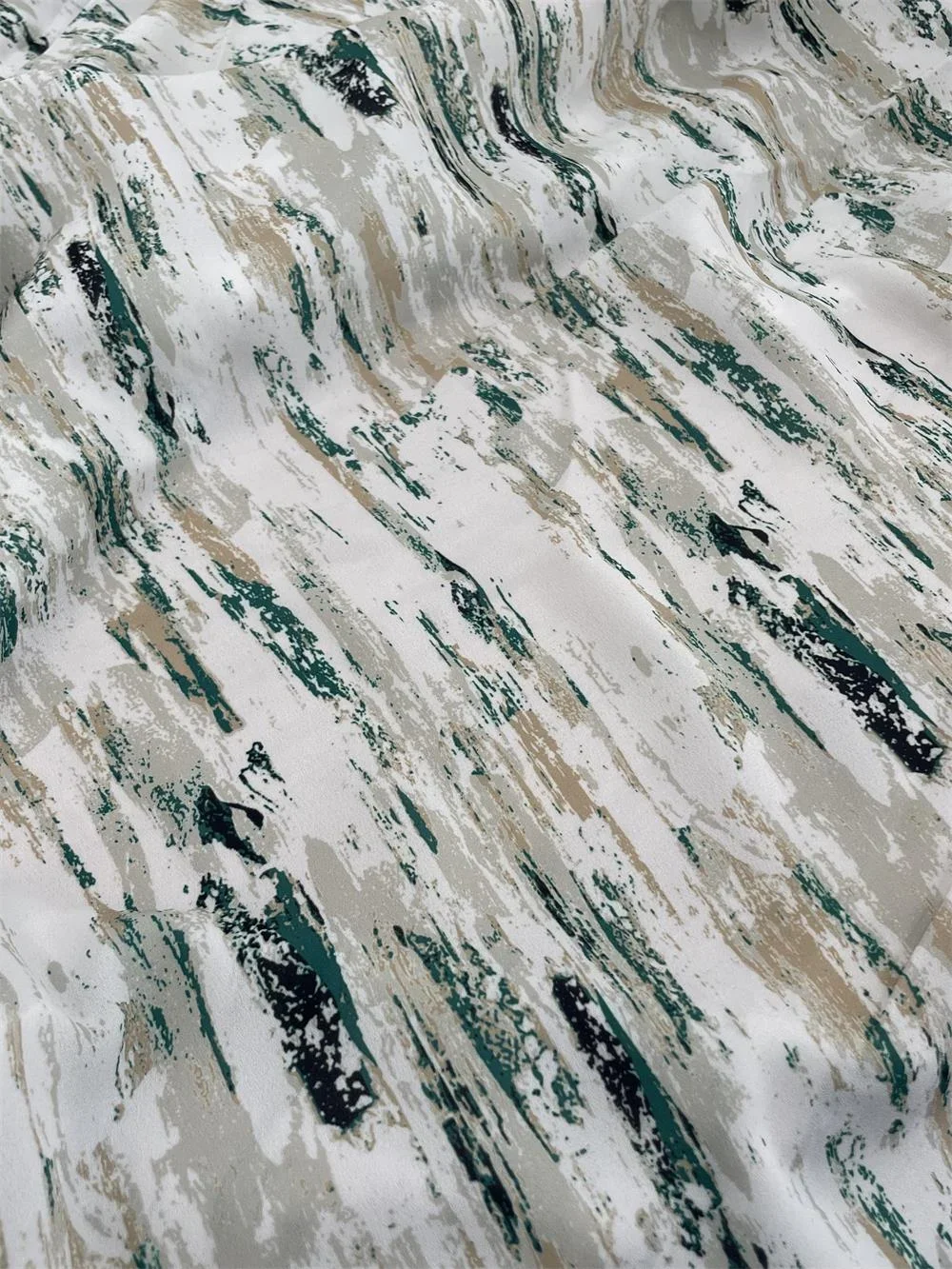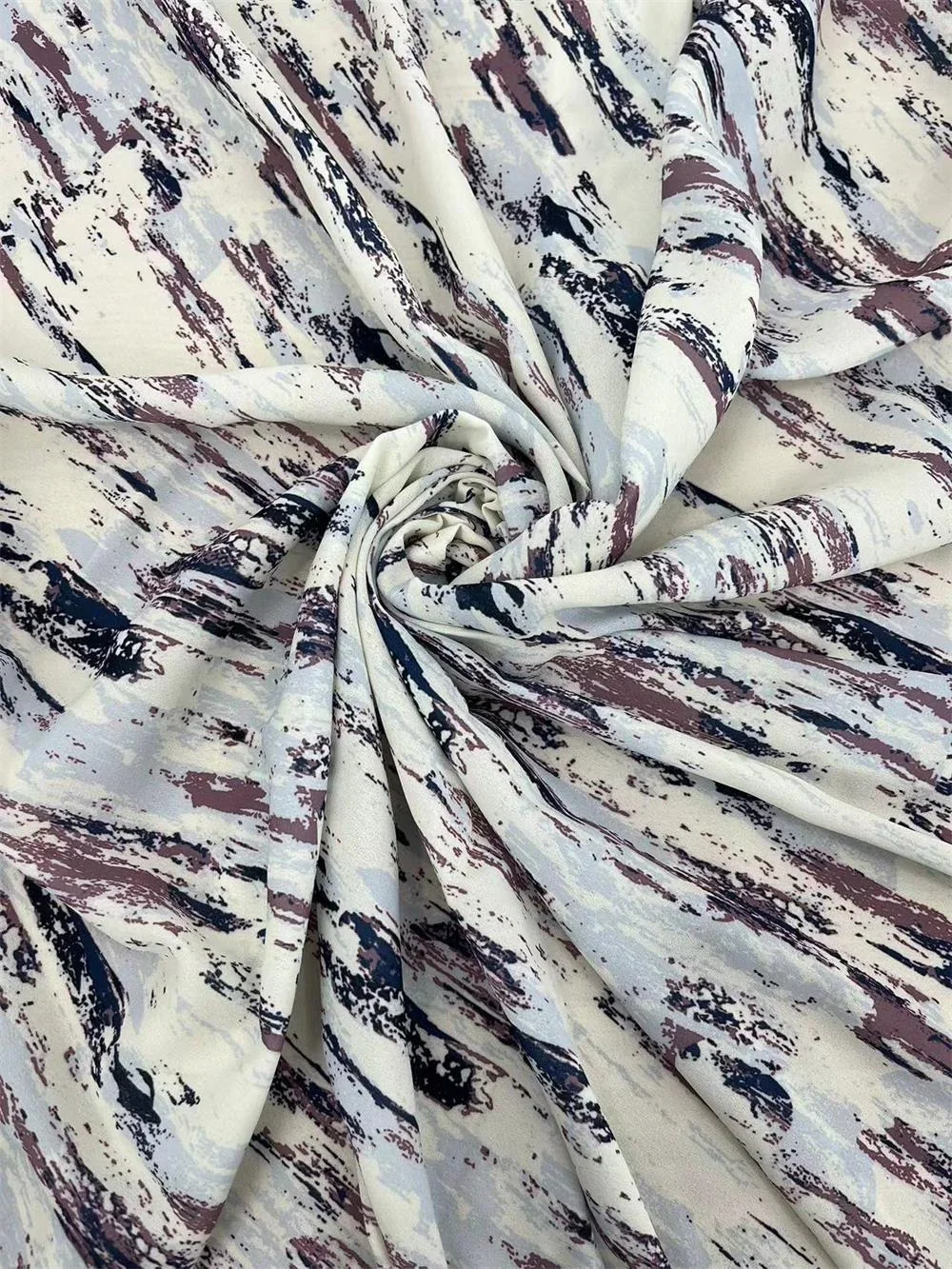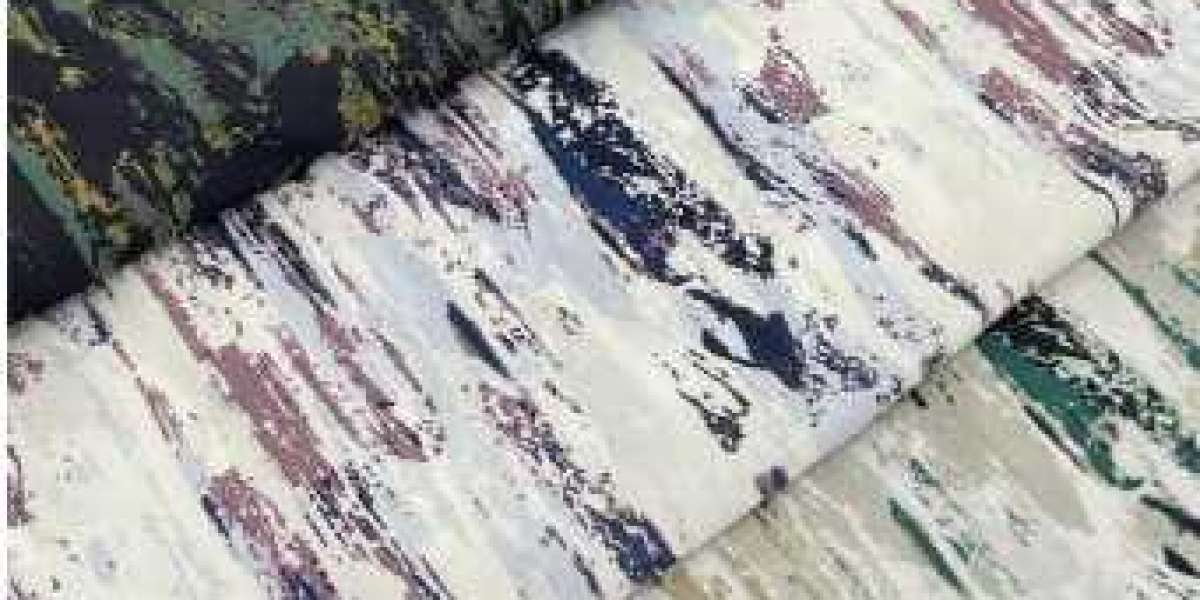In the world of fashion and design, print fabric plays a significant role. From bold and vibrant patterns to subtle and delicate designs, the choices are endless. But have you ever wondered why certain prints evoke specific emotions or impact our behavior? In this article, we delve into the psychology behind print fabric and explore how different patterns can influence our mood and behavior.
1. The Power of Color
Color is one of the most influential factors in print fabric psychology. Each color has its own unique psychological impact on our mind and emotions. Let's explore a few popular colors and their effects:
- Red: This color represents energy, passion, and excitement. It stimulates confidence and can increase heart rate and blood pressure. Prints featuring red evoke feelings of strength and power.
- Blue: Known for its calming effect, blue is associated with tranquility, trust, and dependability. Blue prints can promote a sense of relaxation and serenity.
- Yellow: Symbolizing optimism and happiness, yellow prints are uplifting and vibrant. They stimulate mental activity and creativity while promoting a positive outlook.
- Green: As the color of nature, green is associated with growth, renewal, and balance. Prints featuring shades of green create a calming and harmonious ambiance.

2. Geometric Patterns
Geometric patterns are popular in print fabrics due to their structured and repetitive nature. Here's how different geometric patterns affect our mood and behavior:
- Stripes: Whether vertical or horizontal, stripes convey a sense of order and direction. Vertical stripes can create an illusion of height and strength, while horizontal stripes promote a feeling of stability and balance.
- Checks: Checkered patterns, like plaids or gingham, exude a sense of reliability and traditionalism. These prints can evoke nostalgic emotions and a desire for familiarity.
- Polka Dots: Playful and whimsical, polka dots are known to inspire joy and a youthful exuberance. They symbolize fun and can uplift our spirits.
3. Floral Patterns
Floral prints are widely cherished for their beauty and ability to bring nature indoors. Let's uncover the psychology behind this popular print:
- Romanticism: Floral patterns often evoke romantic and nostalgic emotions. The soft colors and delicate motifs create an atmosphere of serenity and femininity, promoting a sense of calmness and tranquility.
- Connection with Nature: Studies have shown that exposure to natural elements, even through printed fabrics, can reduce stress levels and increase overall well-being. Floral prints provide a connection to nature, promoting relaxation and rejuvenation.
4. Animal Prints
Animal prints are bold, daring, and attention-grabbing. Their psychology is rooted in the traits we associate with different animals:
- Leopard Print: Leopard prints signify power, independence, and confidence. Wearing leopard print fabric can boost self-assurance and create a sense of assertiveness.
- Zebra Print: Zebra prints feature strong contrasting colors and represent balance, endurance, and adaptability. These prints can help create a focused and determined mindset.
5. Abstract and Artistic Prints
Abstract prints offer a world of creativity and individuality. Here's how they influence our mood and behavior:
- Expression of Personality: Abstract prints often reflect the wearer's personality, allowing for self-expression and uniqueness. Bold and vibrant abstract patterns can evoke feelings of excitement and enthusiasm.
- Playfulness: Quirky and unconventional, artistic prints inspire curiosity and imagination. They promote a sense of playfulness and creativity, encouraging us to think outside the box.

6. Cultural Influences
Print fabric also holds cultural significance and can impact our perception of an individual or a particular group. Certain prints are associated with specific cultures or traditions, and wearing them can evoke a sense of pride and heritage. For example, intricate paisley prints are often associated with Indian culture, while tartan patterns are deeply rooted in Scottish traditions. Incorporating prints from different cultures into our wardrobe or home decor allows us to celebrate diversity and create a connection with the world around us.
7. Personal Preferences
While some print fabrics have universal psychological impacts, it's important to acknowledge that personal preferences play a significant role as well. What may evoke feelings of happiness and excitement for one person might not have the same effect on another. Our individual past experiences, memories, and associations with certain prints can shape our personal preferences. It's essential to choose prints that resonate with us personally, as they have the power to uplift our mood and boost our confidence.
8. Creating Different Effects
Print fabric can be used strategically to create specific effects in different spaces. In interior design, larger prints can make a room feel cozier and more intimate, while smaller prints can create an illusion of space and airiness. The choice of colors and patterns can also influence the perceived temperature of a room. Warm-colored prints like reds and oranges can make a space feel warmer, while cool-colored prints like blues and greens can create a sense of coolness and freshness.
In fashion, print fabric can be used to accentuate certain body features or create optical illusions. Vertical stripes, for example, elongate the body and make the wearer appear taller, while diagonal prints can create a slimming effect. Understanding how different prints can interact with our physical environment and body shape allows us to make conscious choices that enhance our overall appearance and confidence.

9. Psychological Well-being
Print fabric can have a significant impact on our psychological well-being. The ability to express ourselves through print choices can boost our self-esteem and provide a sense of personal identity. Wearing prints that evoke positive emotions can improve our mood and help us navigate through daily challenges with greater ease.
Additionally, incorporating print fabric into our surroundings, such as in our homes or workplaces, can create an environment that supports our emotional well-being. Surrounding ourselves with prints that evoke feelings of calmness, joy, or inspiration can contribute to a more positive and uplifting atmosphere.
10. Conclusion
The psychology of print fabric goes far beyond its aesthetic appeal. Different prints and patterns can evoke a wide range of emotions, influence our behavior, and even impact our overall well-being. From the power of color and geometric patterns to the beauty of floral prints and the boldness of animal designs, print fabric allows us to express ourselves, connect with our surroundings, and shape our emotional experiences.
As you navigate the world of fashion and interior design, take a moment to reflect on the psychology behind the print fabric choices you make. Embrace prints that resonate with your personality, evoke positive emotions, and align with your cultural heritage. By harnessing the power of print fabric, you have the opportunity to create a wardrobe and living spaces that not only reflect your unique style but also enhance your mood, behavior, and overall sense of well-being.
Changzhou Hengwangjia Textile Co., Ltd.'s main fabrics include yarn-dyed fabrics, solid-color fabrics, printed fabrics, denim, corduroy, seersucker, taslan, etc., and supports fabric customization. Our main markets: Europe, America, Asia and other parts of the world.
Welcome to contact us,if you need.


